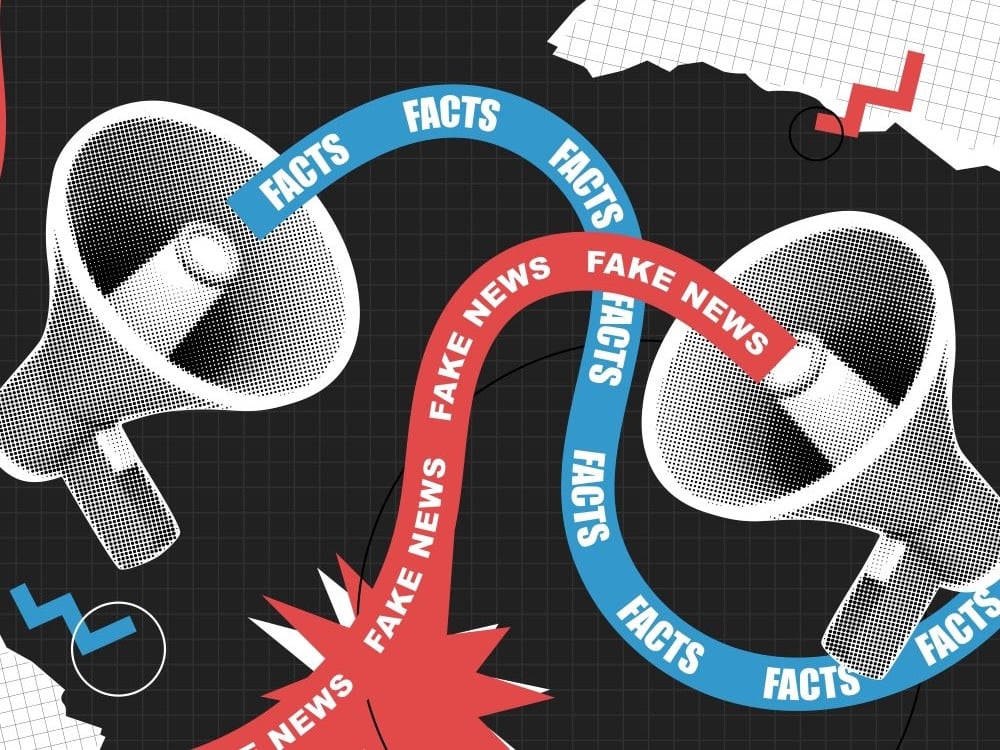The Disinformation Deluge: Navigating the Age of Deception
We live in an era awash in disinformation, where manipulative narratives erode trust in institutions and sow despair. From climate change denial to election interference, purveyors of falsehoods exploit our cognitive biases and the architecture of social media to spread their messages. This shadow war of misinformation threatens the very foundations of informed public discourse and democratic governance. Scientists and experts are harassed and intimidated, while ordinary citizens struggle to discern truth from fiction in the online cacophony. The urgent question is: how do we reclaim the public square and foster authentic connection and constructive dialogue amidst this maelstrom of deception?
Understanding the Mechanics of Misinformation:
Our vulnerability to disinformation stems from inherent aspects of human cognition. According to persuasion expert Richard Petty, our brains are wired to accept information as true by default, making it more labor-intensive to identify falsehoods. We rely on social cues, such as the number of people espousing a belief or the credibility of the source, to assess veracity. This tendency is amplified by social media algorithms that create echo chambers, reinforcing pre-existing biases and exposing users to increasingly extreme content. The mere repetition of a claim, regardless of its truthfulness, can increase its perceived validity. Understanding these cognitive processes is crucial to developing effective countermeasures.
Building Bridges Through Positive Reciprocity:
Combating disinformation requires more than simply debunking false claims. It necessitates rebuilding trust and fostering genuine dialogue. Positive reciprocity, the principle of responding to positive actions with positive actions, offers a powerful antidote to the negativity and polarization fueled by propaganda. This involves engaging with opposing viewpoints respectfully, demonstrating empathy, and acknowledging shared values. Creating a space for constructive conversation requires active listening, a commitment to understanding others’ perspectives, and a willingness to find common ground even amidst disagreement.
The Art of Persuasion and Trust-Building:
Persuading those entrenched in strongly held beliefs requires a nuanced approach. Two-sided messaging, which acknowledges the merits of opposing arguments while presenting one’s own position, can be surprisingly effective. By demonstrating respect for differing views, we create an opening for reciprocal engagement. Trust, another essential ingredient for productive dialogue, is built through consistent demonstrations of respect, reciprocity, and genuine listening. Dominating conversations or attempting to impose beliefs on others is counterproductive. Instead, we should strive to create a shared understanding and move beyond the limitations of individual perspectives.
The Power of High-Quality Listening:
Listening is not a passive activity, but rather a dynamic process that shapes the flow of conversation. High-quality listening involves three key elements: attention, comprehension/understanding, and positive intention. Attention requires minimizing distractions and focusing intently on the speaker. Comprehension involves actively seeking to understand the speaker’s message and demonstrating empathy. Positive intention means approaching the conversation with a non-judgmental attitude, recognizing the speaker’s autonomy and right to express their views, even if we disagree. High-quality listening fosters a sense of being understood, reduces polarization, and encourages reciprocal listening.
Crafting Compelling Counter-Narratives:
Effective communication requires crafting narratives that resonate with shared values and offer a clear vision for the future. The "value sandwich" approach, advocated by communications expert Anat Shenker-Osorio, provides a framework for constructing persuasive messages. Begin by highlighting a shared value, then identify the obstacle or "villain" that impedes the realization of that value. Finally, present a vision for overcoming the obstacle and achieving the desired outcome. This structure allows for framing the conversation on our own terms, rather than getting bogged down in reactive arguments.
Inoculating Against Misinformation:
Proactive strategies, such as pre-bunking and debunking, can help inoculate individuals against disinformation. Pre-bunking involves exposing people to weakened versions of misinformation techniques, building resistance to future manipulation. Debunking occurs after exposure to false information and aims to correct inaccuracies and expose deceptive tactics. These techniques can be fact-based, focusing on specific false claims; source-based, highlighting the credibility of sources; or technique-based, exposing general manipulative tactics. Technique-based pre-bunking is particularly effective as it provides broad immunity against a range of disinformation techniques.
Reclaiming the Public Square:
The fight against disinformation is a collective endeavor. We must equip ourselves with the tools and strategies to navigate the information landscape critically and engage in constructive dialogue. By practicing positive reciprocity, cultivating high-quality listening skills, crafting compelling counter-narratives, and proactively inoculating against misinformation techniques, we can begin to reclaim the public square and rebuild trust in institutions and expertise. The survival of our democratic ethos depends on our ability to defend truth, foster informed discourse, and resist the corrosive forces of deception.


